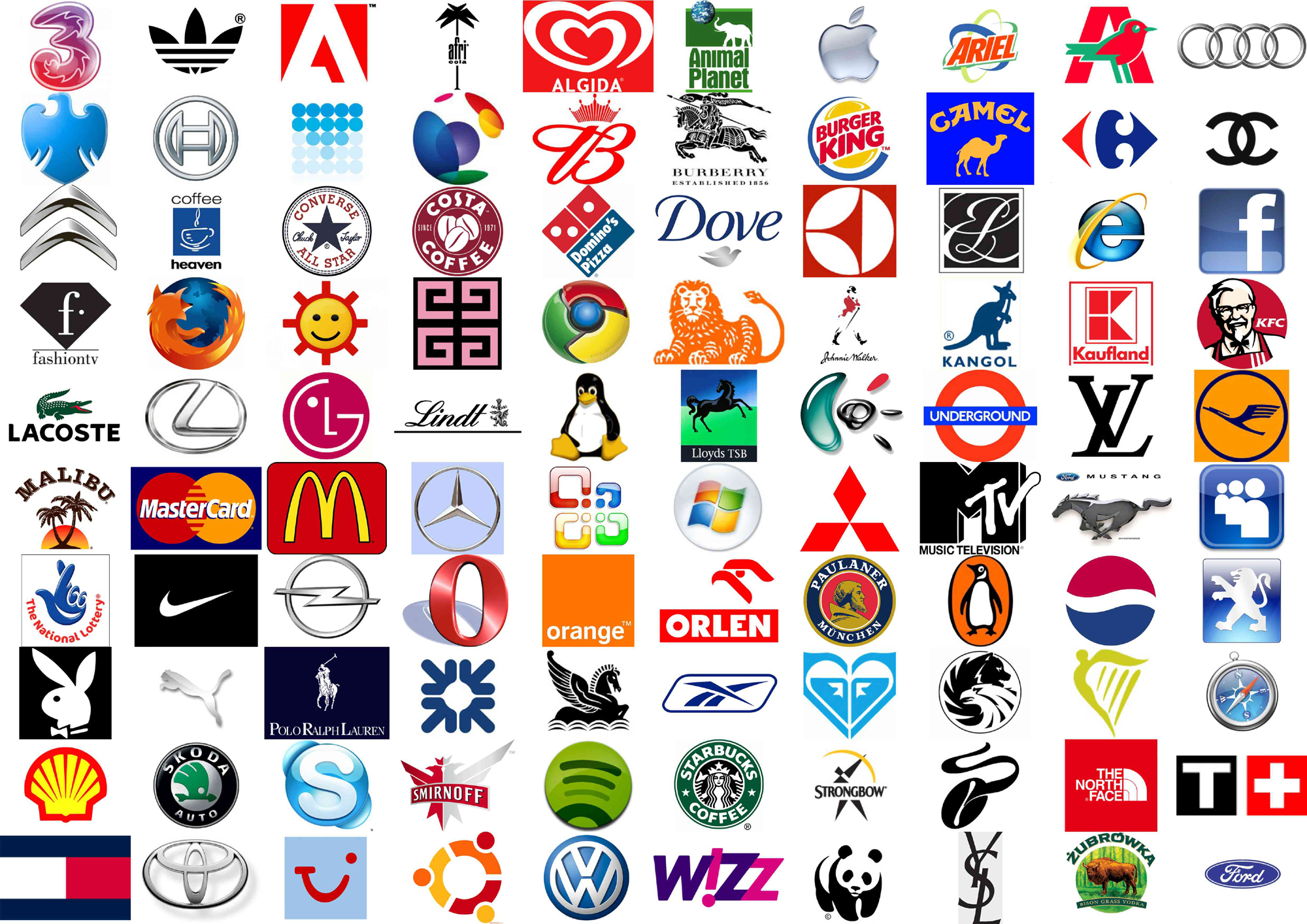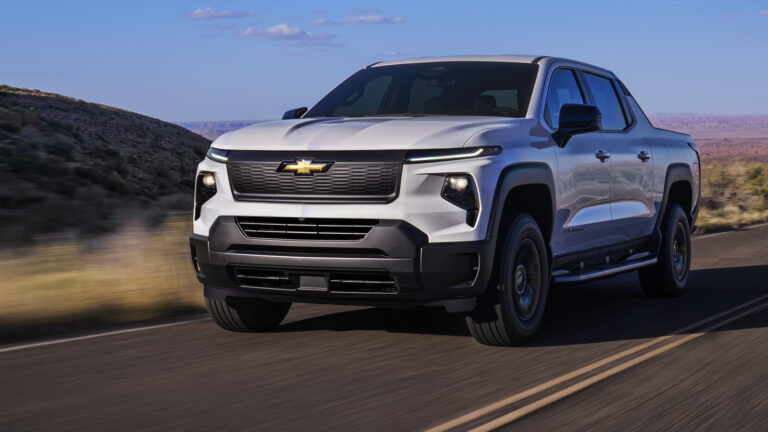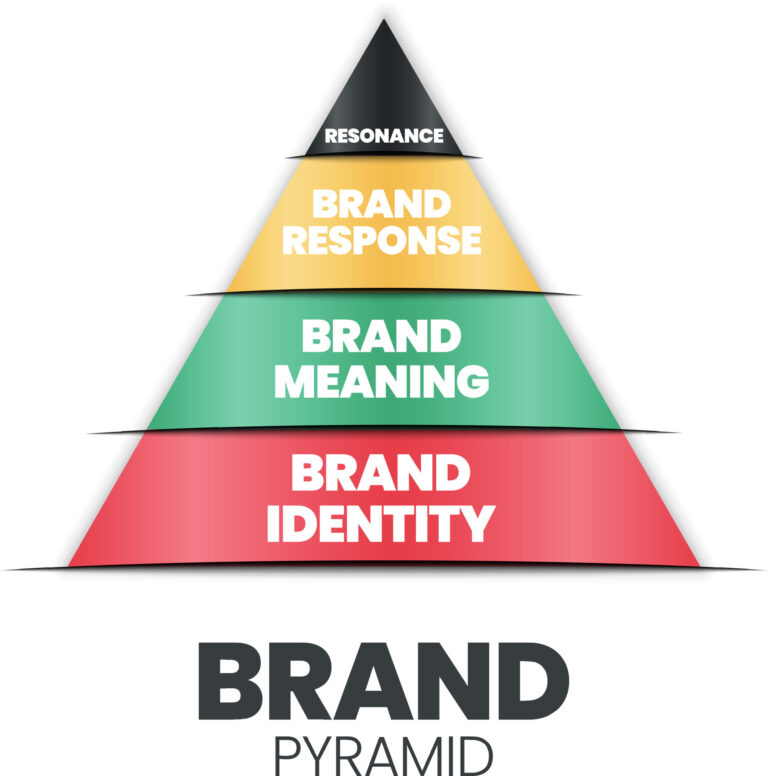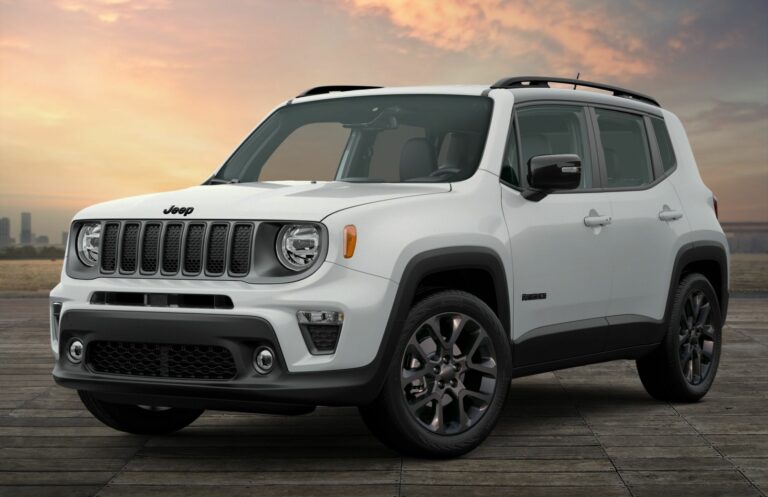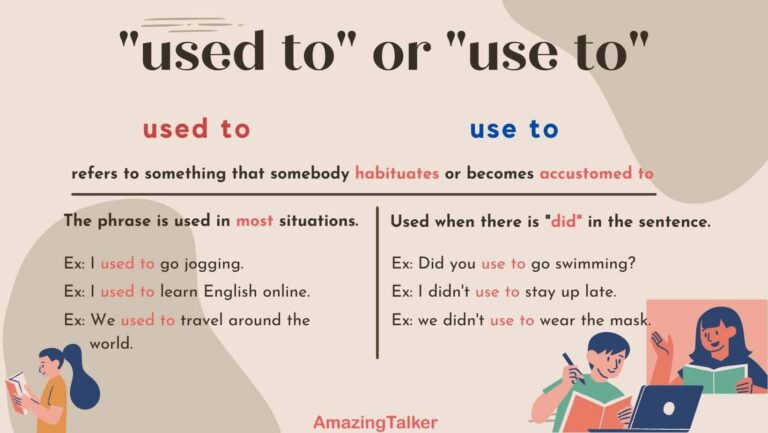Brand New Car: Your Comprehensive Guide to Driving Off the Lot
Brand New Car: Your Comprehensive Guide to Driving Off the Lot cars.truckstrend.com
The scent of fresh upholstery, the pristine gleam of the paintwork, the unmarred dash displaying zero miles – there’s an undeniable allure to a brand new car. It represents freedom, a clean slate, and the cutting edge of automotive technology. For many, purchasing a brand new vehicle is more than just an acquisition; it’s an experience, a significant financial decision, and the beginning of countless journeys. But what exactly defines a "brand new car," and what should you know before embarking on this exciting venture?
A brand new car is, quite simply, a vehicle that has never been previously owned, registered, or driven off the dealership lot for anything other than short test drives or transportation within the dealership premises. It comes directly from the manufacturer, boasts the latest features and safety innovations, and is backed by a full factory warranty. While the appeal is clear, navigating the world of new car purchases requires careful consideration, research, and a clear understanding of the process. This comprehensive guide will walk you through every aspect of buying a brand new car, from the initial dream to the joyous moment you drive it home.
Brand New Car: Your Comprehensive Guide to Driving Off the Lot
The Irresistible Allure of New: Why Choose a Brand New Car?
The decision to buy new often stems from a desire for reliability, advanced technology, and peace of mind. Here are some compelling reasons why a brand new car often trumps its pre-owned counterparts:
- Latest Technology & Features: New cars are at the forefront of automotive innovation. You’ll find the most recent advancements in infotainment systems, driver-assistance technologies (ADAS), connectivity features, and fuel efficiency.
- Unblemished History: With a new car, you’re the first owner. There are no hidden accidents, undisclosed maintenance issues, or questionable previous drivers. It’s a clean slate.
- Full Factory Warranty: New vehicles come with comprehensive manufacturer warranties covering major components and often bumper-to-bumper issues for a specified period or mileage. This provides significant protection against unexpected repair costs.
- Customization Options: When ordering a new car, you often have the ability to choose specific trim levels, colors, interior materials, and optional packages to tailor the vehicle precisely to your preferences.
- Optimal Performance & Longevity: A brand new engine, transmission, and all components mean the car is operating at its peak efficiency from day one, promising many years of reliable service with proper maintenance.
- Advanced Safety Features: Automotive safety technology is constantly evolving. New cars often include the latest active and passive safety features designed to prevent accidents and protect occupants.
- Pride of Ownership: There’s a unique satisfaction that comes with being the first owner of a pristine vehicle, knowing every mile driven is your own.


The Brand New Car Buying Process: A Step-by-Step Guide
Purchasing a new car can seem daunting, but breaking it down into manageable steps makes the journey smoother and more enjoyable.
Step 1: Research and Budgeting – Laying the Foundation
Before you even step foot in a dealership, extensive research is paramount.
- Define Your Needs: What do you need the car for? Daily commute, family hauling, off-roading, fuel efficiency, performance?
- Set a Realistic Budget: Don’t just consider the purchase price. Factor in insurance, fuel, maintenance, registration, and potential financing costs. Use online calculators to estimate monthly payments.
- Research Models: Explore various makes and models that fit your needs and budget. Read professional reviews, compare specifications, and watch video reviews. Pay attention to reliability ratings, safety scores, and resale values.
- Check Incentives: Manufacturers and dealerships often offer incentives like low APR financing, cash back, or lease deals. Research these before you go.

Step 2: Understanding Financing Options
How you pay for your new car significantly impacts your overall cost and monthly budget.
- Cash Purchase: The simplest way, avoiding interest payments. However, it ties up a large sum of money that could be invested elsewhere.
- Auto Loan: The most common method. You borrow money from a bank, credit union, or the dealership (which acts as a middleman) and pay it back with interest over a set period. Get pre-approved for a loan from your bank or credit union before visiting the dealership to have leverage and a benchmark interest rate.
- Leasing: You essentially rent the car for a set period (typically 2-4 years) with mileage restrictions. At the end of the lease, you return the car or have the option to buy it. Leasing typically results in lower monthly payments than financing, but you don’t own the car at the end. It’s ideal for those who like to drive a new car every few years.
Step 3: Test Driving and Evaluation
Once you’ve narrowed down your choices, it’s time to experience them firsthand.
- Schedule Test Drives: Call ahead to ensure the models you want are available.
- Drive Multiple Scenarios: Don’t just drive around the block. Take it on highways, city streets, and parking lots. Test acceleration, braking, handling, and visibility.
- Evaluate Practicality: Check trunk space, ease of car seat installation (if applicable), infotainment usability, and comfort for all passengers.
- Don’t Rush: Take your time, ask questions, and don’t feel pressured to make a decision on the spot.
Step 4: Negotiation – Securing the Best Deal
This is where many buyers feel apprehensive, but it doesn’t have to be.
- Know the Market Price: Use online resources like Kelley Blue Book (KBB), Edmunds, or TrueCar to understand what others are paying for the same vehicle in your area.
- Focus on the Out-the-Door Price: Don’t just negotiate the MSRP. Insist on a final "out-the-door" price that includes all fees, taxes, and add-ons.
- Be Prepared to Walk Away: This is your strongest negotiating tool. If you don’t feel you’re getting a fair deal, be ready to leave.
- Don’t Discuss Your Trade-In or Financing First: Handle the new car price negotiation separately. Once you’ve agreed on a price for the new car, then discuss your trade-in and financing options.
Step 5: Paperwork and Delivery
Once a deal is struck, the final steps involve signing documents and taking possession.
- Read Everything Carefully: Before signing, meticulously review the purchase agreement, loan documents, and any extended warranty contracts. Ensure all agreed-upon terms, prices, and fees are accurately reflected.
- Understand Add-ons: Be wary of high-pressure sales for rust proofing, paint protection, or extended warranties you may not need.
- Vehicle Inspection: Before driving off, do a thorough walk-around inspection. Check for any scratches, dents, or missing items. Ensure all features work as expected.
- Receive Keys and Manuals: Get all sets of keys, the owner’s manual, and any service records.
Key Considerations Before Driving Off the Lot
Beyond the immediate purchase, a new car comes with ongoing responsibilities and costs.
- Depreciation: New cars depreciate significantly the moment they are driven off the lot. On average, a new car loses 20-30% of its value in the first year and 50% or more over five years. This is a major factor if you plan to sell or trade in relatively soon.
- Insurance Costs: New, more expensive cars generally have higher insurance premiums. Get quotes for your desired models before buying.
- Maintenance & Running Costs: While a new car comes with a warranty, you’ll still have regular maintenance (oil changes, tire rotations) and fuel costs. Modern cars often require premium fuel or specific fluids, which can add up.
- Resale Value: Some brands and models hold their value better than others. Researching future resale value can save you money down the line.
- Environmental Impact: Consider the fuel efficiency and emissions of the vehicle. Electric Vehicles (EVs) and Hybrids offer significant environmental benefits and often qualify for government incentives.
Types of Brand New Cars: Finding Your Perfect Match
The automotive market offers an incredible variety of new vehicles, each designed to meet different needs and preferences.
- Sedans: Classic, fuel-efficient, and often more agile. Ideal for commuters and small families.
- SUVs (Sport Utility Vehicles): Popular for their spacious interiors, higher driving position, and often available AWD/4WD. Range from compact crossovers to large, three-row family vehicles.
- Trucks (Pickups): Designed for hauling, towing, and rugged work. Increasingly popular as daily drivers due to comfortable interiors and advanced features.
- Hatchbacks: Offer the practicality of a sedan with increased cargo flexibility thanks to a rear hatch door.
- Sports Cars/Coupes: Focused on performance, handling, and driving excitement. Typically two-door with limited passenger/cargo space.
- Electric Vehicles (EVs): Powered solely by electricity, offering zero tailpipe emissions, quiet operation, and lower "fuel" costs. Require charging infrastructure.
- Hybrid Vehicles: Combine a gasoline engine with an electric motor for improved fuel economy.
- Plug-in Hybrid Electric Vehicles (PHEVs): Hybrids with larger batteries that can be charged from an external source, offering a limited all-electric range before switching to hybrid mode.
Tips for a Smooth Brand New Car Purchase
- Do Your Homework Thoroughly: Research is your most powerful tool. The more you know, the better prepared you’ll be.
- Get Pre-Approved for a Loan: This gives you a strong negotiating position and a clear idea of your maximum budget.
- Understand Add-ons and Extended Warranties: Don’t feel pressured to buy extras you don’t need. Research third-party extended warranties if you feel you need one, as they can sometimes be more cost-effective.
- Don’t Rush the Process: Take your time. A car purchase is a significant investment.
- Be Prepared to Walk Away: If the deal doesn’t feel right, or you feel pressured, simply leave. There are other dealerships and other cars.
- Test Drive Multiple Competitors: Don’t just test drive one car from one brand. Drive similar models from different manufacturers to get a feel for what you truly prefer.
- Schedule an Independent Pre-Purchase Inspection (PPI) for Used Cars Only: While this article focuses on new cars, if you consider a "nearly new" or certified pre-owned, a PPI is crucial. For truly brand new cars, it’s not typically necessary as they come with factory backing.
Potential Challenges and Solutions
Even with careful planning, some challenges can arise during a new car purchase.
- High Upfront Cost / Affordability:
- Solution: Explore various financing options (longer loan terms to lower monthly payments, but beware of more interest paid). Consider leasing, or look at lower trim levels or smaller models within your desired brand.
- Significant Depreciation:
- Solution: Understand that depreciation is a fact of new car ownership. If it’s a major concern, consider leasing (where you don’t bear the full depreciation burden) or plan to keep the car for a longer period (5+ years) to spread out the depreciation cost.
- Long Wait Times for Popular Models:
- Solution: Order well in advance, especially for highly anticipated or in-demand models. Be flexible with color or feature choices, or consider a slightly less popular but equally capable alternative.
- Information Overload / Decision Fatigue:
- Solution: Prioritize your absolute "must-have" features and stick to them. Use reputable review sites and consumer reports to filter information. Don’t let too many choices paralyze you.
- Dealership Pressure / Hidden Fees:
- Solution: Remain firm on your budget and desired "out-the-door" price. Ask for a breakdown of all fees. If a fee isn’t clearly explained or seems unnecessary, question it or refuse to pay. Getting pre-approved financing and knowing your trade-in value beforehand reduces dealership leverage.
Sample Illustrative New Car Price Range Table
It’s important to note that the price of a "Brand New Car" varies astronomically based on make, model, trim level, optional features, region, and current market conditions. The table below provides illustrative price ranges for common vehicle categories. These are not exact prices and should only be used as a general guide. Always consult official manufacturer websites and local dealership listings for accurate, up-to-date pricing.
| Vehicle Category | Typical Base MSRP Range (USD) | Common Features & Considerations |
|---|---|---|
| Subcompact/Compact Sedan | $20,000 – $30,000 | Fuel-efficient, easy to park, basic tech. Ideal for city driving. |
| Mid-size Sedan | $27,000 – $40,000 | More spacious, comfortable, better features. Good for families. |
| Compact SUV/Crossover | $28,000 – $45,000 | Versatile, higher ride height, good cargo. Very popular segment. |
| Mid-size SUV | $35,000 – $60,000 | More passenger/cargo room, often 3-row options, stronger engines. |
| Full-size SUV | $55,000 – $90,000+ | Max capacity, towing, luxury features. Higher fuel consumption. |
| Pickup Truck (Mid-size) | $30,000 – $50,000 | Practical for light hauling/towing, often good off-road. |
| Pickup Truck (Full-size) | $35,000 – $80,000+ | Heavy-duty work, significant towing/hauling, luxury trims available. |
| Hatchback | $22,000 – $35,000 | Practical, versatile cargo space, often sportier handling. |
| Sports Car (Entry-Level) | $30,000 – $60,000 | Performance-focused, less practical, driving enjoyment is key. |
| Electric Vehicle (EV) | $35,000 – $100,000+ | Zero emissions, quiet, often high tech. Range and charging vary. |
| Hybrid/PHEV | $28,000 – $60,000+ | Improved fuel economy, lower emissions. |
Note: These ranges are for base models and can significantly increase with higher trim levels, optional packages, and luxury brands.
Frequently Asked Questions (FAQ) About Brand New Cars
Q1: Is buying a brand new car worth the cost?
A1: It depends on your priorities. If you value the latest technology, full warranty coverage, knowing the car’s complete history, and the pride of being the first owner, then yes, it can be worth it. If your primary concern is minimizing depreciation and upfront cost, a high-quality used or certified pre-owned vehicle might be a better fit.
Q2: How long do brand new cars typically last?
A2: With proper maintenance, modern brand new cars are designed to last well over 150,000 to 200,000 miles, and often much longer. Many vehicles regularly exceed 10-15 years of service.
Q3: When is the best time to buy a brand new car?
A3: Generally, the end of the month, end of the quarter, or end of the year (especially November/December) are good times. Dealerships are often trying to meet sales quotas, leading to better deals. New model year releases (often in late summer/early fall) can also lead to discounts on the outgoing model year.
Q4: What are the hidden costs of a brand new car?
A4: Beyond the purchase price, consider sales tax, registration fees, dealership documentation fees, potential add-ons (extended warranties, paint protection), higher insurance premiums, and ongoing fuel and maintenance costs.
Q5: Should I buy an extended warranty for my brand new car?
A5: Brand new cars come with a factory warranty, which typically covers major issues for several years. An extended warranty kicks in after the factory warranty expires. It’s an optional purchase; consider your car’s reliability ratings, how long you plan to keep it, and your comfort level with unexpected repair costs before deciding. Often, third-party warranties can be more competitive than dealership offerings.
Q6: Can I negotiate the price of a brand new car?
A6: Absolutely! While the MSRP is the suggested retail price, there is almost always room for negotiation, especially on popular models. Research the average selling price in your area and be prepared to negotiate the "out-the-door" price, not just the sticker price.
Conclusion: Driving Towards Your Dream
The journey to owning a brand new car is an exciting one, filled with possibilities and the promise of fresh beginnings on the road. From the exhilarating freedom of a test drive to the meticulous process of securing the best deal, every step contributes to a memorable experience. While the allure of the latest technology, pristine condition, and factory warranty is strong, a successful purchase hinges on thorough research, smart financial planning, and confident negotiation.
By understanding the process, considering all associated costs, and arming yourself with knowledge, you can navigate the new car market with ease and secure a vehicle that perfectly fits your lifestyle and budget. Driving off the lot in your brand new car isn’t just about a transaction; it’s about investing in reliable transportation, enjoying cutting-edge features, and embarking on countless new adventures with peace of mind. Happy driving!
